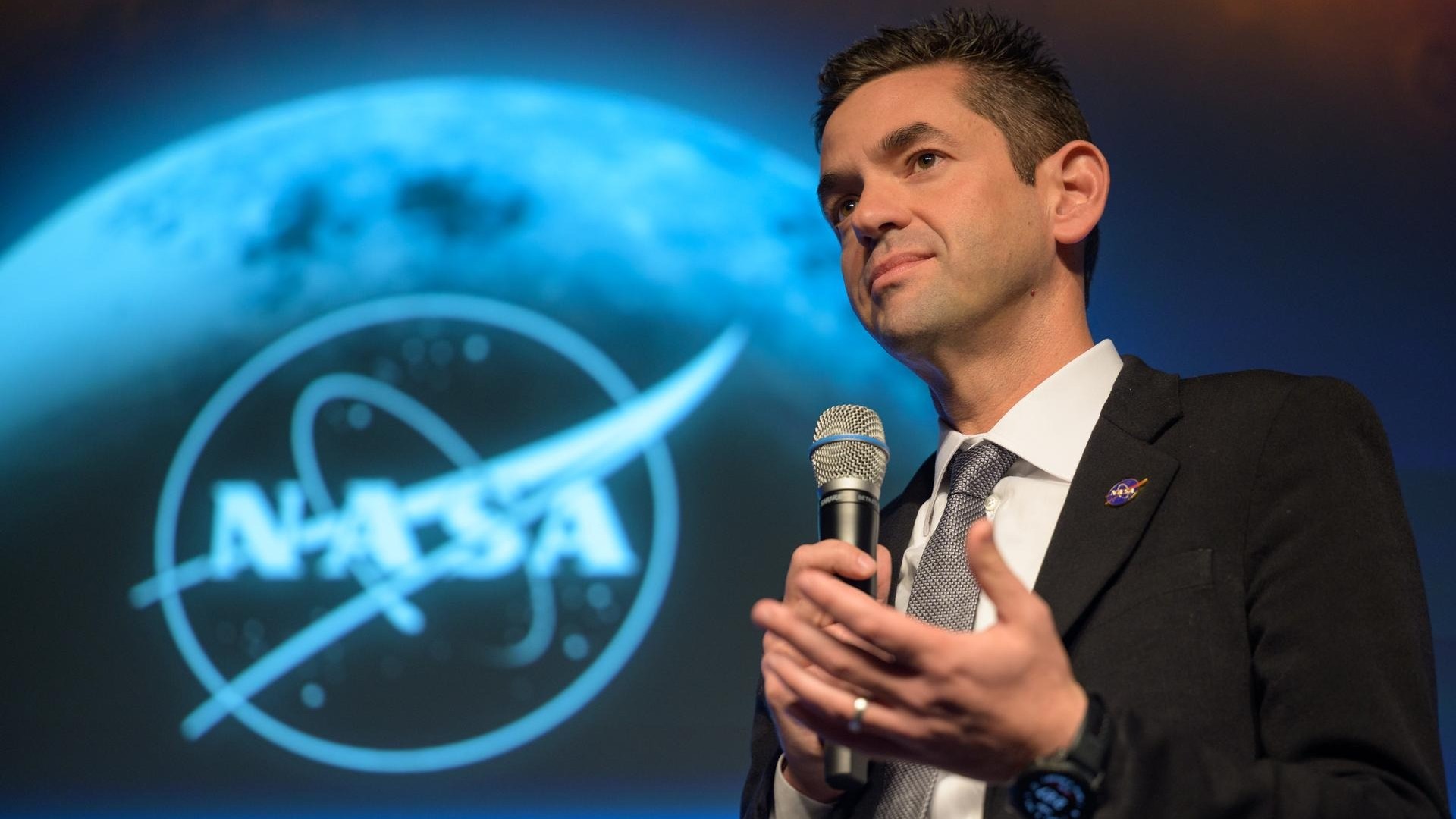From James Webb to Artemis 1: NASA chief hails epic successes of 2022

NASA will look back on 2022 very fondly indeed.
The space agency had a lot to celebrate this year, from the deployment and operation of the $10 billion James Webb Space Telescope (JWST) to the end-to-end success of the pioneering Artemis 1 moon mission.
"2022 will go down as one of the most accomplished years in all of NASA history," NASA Administrator Bill Nelson told agency employees during a town hall meeting on Tuesday (Dec. 13).
Related: James Webb Space Telescope's 1st photos (gallery)
Nelson cited JWST as one of his chief examples. The huge observatory launched on Dec. 25, 2021, then spent a month traveling to its final destination, a gravitationally stable spot nearly 1 million miles (1.6 million kilometers) from Earth.
JWST aced its frighteningly complex deployment sequence, which featured nearly 350 single points of failure — individual steps that would scuttle the entire mission if they were not completed successfully. JWST's testing and checkout phase also went well, and the infrared telescope began observing the heavens in July.
The first few months of science have been eye-opening and eye-watering; JWST has already peered at some of the universe's most distant galaxies, for example, and characterized the atmosphere of a nearby alien planet.
Breaking space news, the latest updates on rocket launches, skywatching events and more!
"Earlier this year, the James Webb Space Telescope kicked off a new era of astronomy," Nelson said. "Every image is a new discovery. It deepens our understanding of the universe, just how big it is, and our place in it."
Nelson also mentioned the agency's Double Asteroid Redirection Test (DART) mission, which slammed a spacecraft into an asteroid moonlet called Dimorphos in late September.
The collision significantly changed Dimorphos' orbit around its parent body, a larger space rock called Didymos, helping researchers better understand the "kinetic impactor" method of asteroid deflection.
The DART impact was "a watershed moment for planetary defense," Nelson said. "It was a smashing success, literally and figuratively."
Nelson also hailed the landmark Artemis 1 mission, which sent an uncrewed Orion capsule to lunar orbit and back.
Artemis 1, the first-ever mission for NASA's huge Space Launch System rocket and the second for Orion, lifted off on Nov. 16. It wrapped up when Orion splashed down in the Pacific Ocean about 100 miles (160 kilometers) off Baja California on Sunday (Dec. 11) — 50 years to the day that the final Apollo mission, Apollo 17, touched down on the lunar surface.
NASA can now begin gearing up for Artemis 2, which is scheduled to send four astronauts around the moon in 2024. If all goes well with that flight, Artemis 3 will put boots down near the lunar south pole in 2025 or 2026.
Preparations for these and other Artemis flights will continue throughout 2023; NASA already has hardware in progress to last through the Artemis 5 mission, agency officials have said.
And there's more to look forward to next year as well, such as the return to Earth of asteroid samples collected in deep space by NASA's OSIRIS-REx probe. That material will touch down in the Utah desert next September, if all goes according to plan.
"I'm looking forward to every day in 2023," Nelson said.
Mike Wall is the author of "Out There" (Grand Central Publishing, 2018; illustrated by Karl Tate), a book about the search for alien life. Follow him on Twitter @michaeldwall. Follow us on Twitter @Spacedotcom or on Facebook.

Michael Wall is a Senior Space Writer with Space.com and joined the team in 2010. He primarily covers exoplanets, spaceflight and military space, but has been known to dabble in the space art beat. His book about the search for alien life, "Out There," was published on Nov. 13, 2018. Before becoming a science writer, Michael worked as a herpetologist and wildlife biologist. He has a Ph.D. in evolutionary biology from the University of Sydney, Australia, a bachelor's degree from the University of Arizona, and a graduate certificate in science writing from the University of California, Santa Cruz. To find out what his latest project is, you can follow Michael on Twitter.
